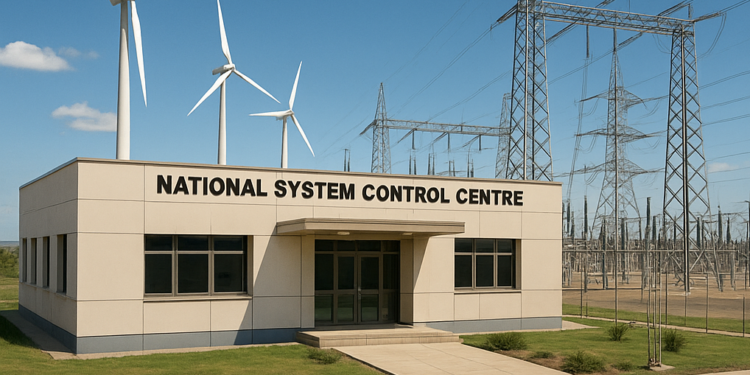A pioneer in clean energy adoption in Africa, Kenya has harnessed its vast wind energy potential to transform its energy mix and move toward a more sustainable future. Projects like the Lake Turkana Wind Power Plant — the largest in Africa — have made wind energy a vital component of the national electricity supply. However, for this renewable energy to reliably reach homes, schools, hospitals, and businesses, a modern grid capable of managing its variability and distribution is essential.
In this context, Kenya has unveiled plans to build the new NSCC, a strategic initiative led by the international consortium GE Vernova and Larsen & Toubro (L&T) for the Kenya Electricity Transmission Company (KETRACO). This ambitious project is expected to significantly impact the daily lives of Kenyan citizens.
Cabo Verde inaugurates 13,000 m² of cutting-edge technology
The new system will feature two fully equipped control centers: a primary facility in Embakasi and a backup in Suswa. These centers will be outfitted with cutting-edge technology to enhance the efficiency, reliability, and responsiveness of the national power grid.
Beyond its technical benefits, the project will bring wide-reaching social and economic improvements. A more stable and modern grid will reduce blackouts and improve the quality of electricity supply in both urban and rural areas. This will directly benefit communities that have long faced limited or unreliable access to electricity, while also supporting the expansion of critical services such as healthcare, education, and local entrepreneurship.
GE Vernova will deploy advanced digital solutions, including energy management systems (AEMS), real-time monitoring tools (WAMS), and performance optimization technologies for electrical assets. These systems will allow for accurate forecasting and management of supply and demand fluctuations — essential for the efficient integration of wind and other renewable sources.
Meanwhile, L&T will handle civil works and system installations, with a project timeline of three years. The initiative is also expected to generate skilled employment and strengthen local capabilities in engineering, technology, and power grid management.
This strategic move positions Kenya as a regional leader in the energy transition and showcases how the combination of natural resources, modern technology, and infrastructure can lead to meaningful progress. The new control center is more than just a technical facility — it is a foundation for a cleaner, fairer, and more prosperous future for all Kenyans.









